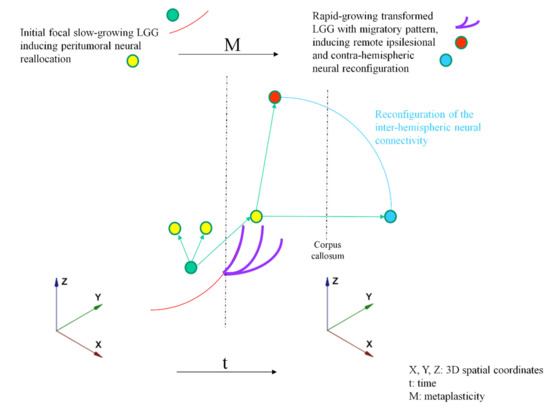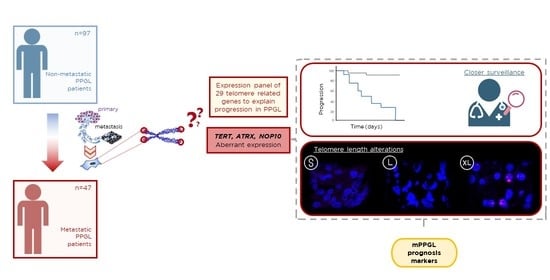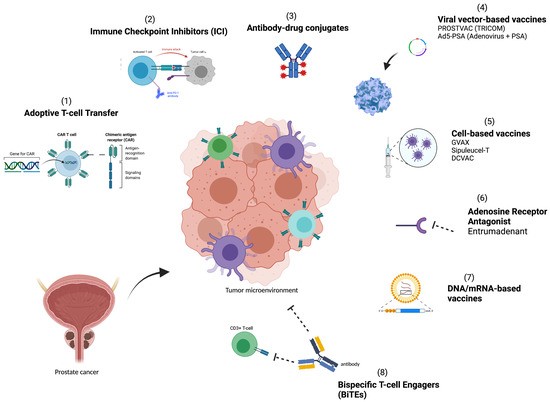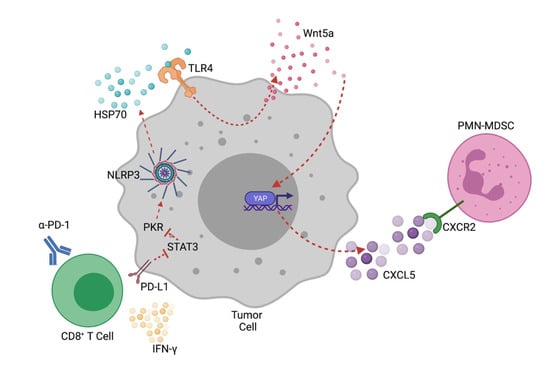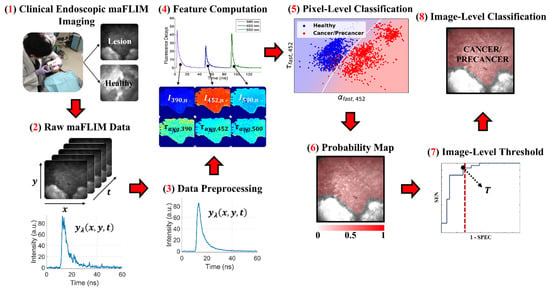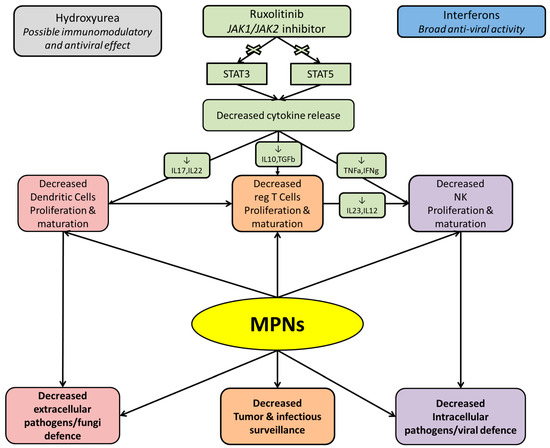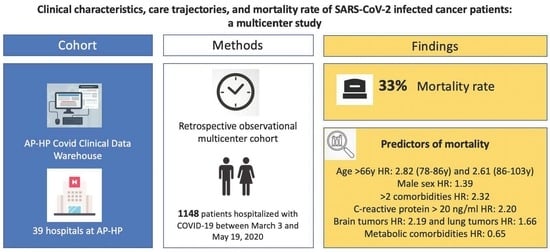Cancers 2021, 13(19), 4763; https://doi.org/10.3390/cancers13194763 - 23 Sep 2021
Cited by 14 | Viewed by 2432
Abstract
Background: Uveal melanoma (UM) represents the most common primary intraocular malignancy in adults, exerting high metastatic potential and poor prognosis. Histone deacetylases (HDACs) play a key role in carcinogenesis, and HDAC inhibitors (HDACIs) are currently being explored as anti-cancer agents in clinical settings.
[...] Read more.
Background: Uveal melanoma (UM) represents the most common primary intraocular malignancy in adults, exerting high metastatic potential and poor prognosis. Histone deacetylases (HDACs) play a key role in carcinogenesis, and HDAC inhibitors (HDACIs) are currently being explored as anti-cancer agents in clinical settings. The aim of this study was to evaluate the clinical significance of HDAC-1, -2, -4, and -6 expression in UM. Methods: HDAC-1, -2, -4, and -6 expression was examined immunohistochemically in 75 UM tissue specimens and was correlated with tumors’ clinicopathological characteristics, the presence of tumor-infiltrating lymphocytes (TILS), as well as with our patients’ overall survival (OS). Results: HDAC-2 was the most frequently expressed isoform (66%), whereas we confirmed in addition to the expected nuclear expression the presence of cytoplasmic expression of class I HDAC isoforms, namely HDAC-1 (33%) and HDAC-2 (9.5%). HDAC-4 and -6 expression was cytoplasmic. HDAC-1 nuclear expression was associated with increased tumor size (p = 0.03), HDAC-6 with higher mitotic index (p = 0.03), and nuclear HDAC-2 with epithelioid cell morphology (p = 0.03) and presence of tumor-infiltrating lymphocytes (p = 0.04). The association with the remaining parameters including Monosomy 3 was not significant. Moreover, the presence as well as the nuclear expression pattern of HDAC-2 were correlated with patients’ improved OS and remained significant in multivariate survival analysis. Conclusions: These findings provide evidence for a potential role of HDACs and especially HDAC-2 in the biological mechanisms governing UM evolution and progression.
Full article
(This article belongs to the Special Issue Update in Ocular Oncology)
►
Show Figures




